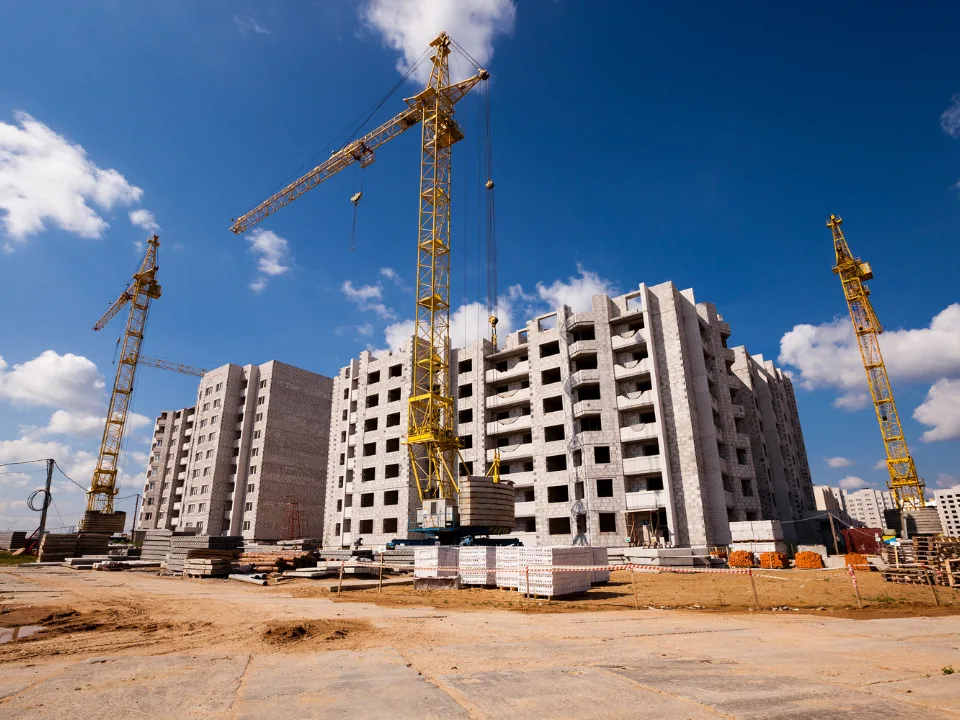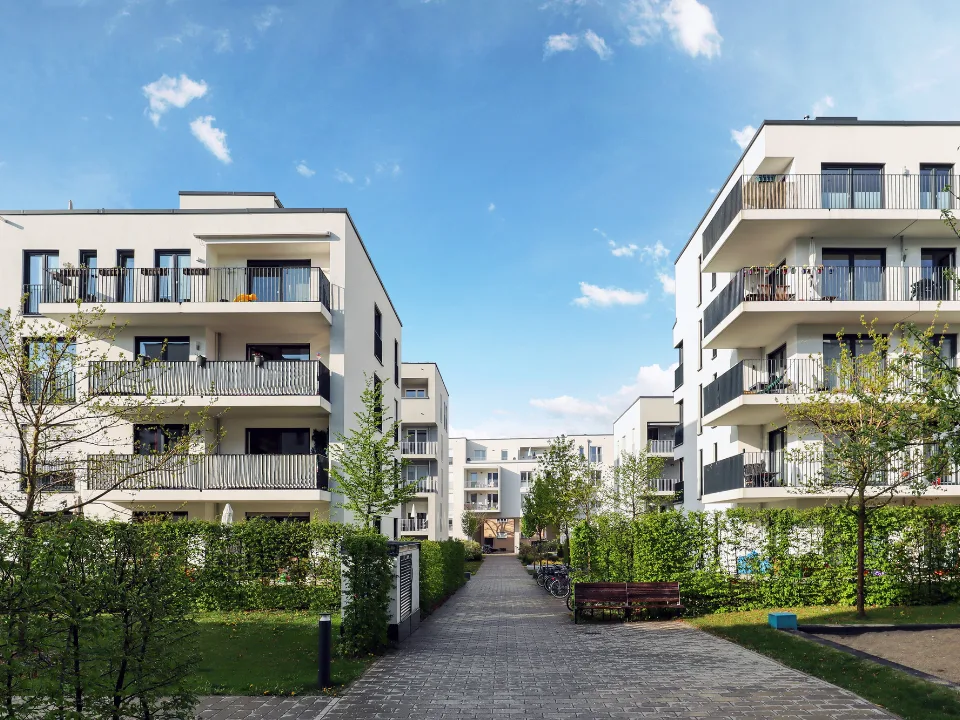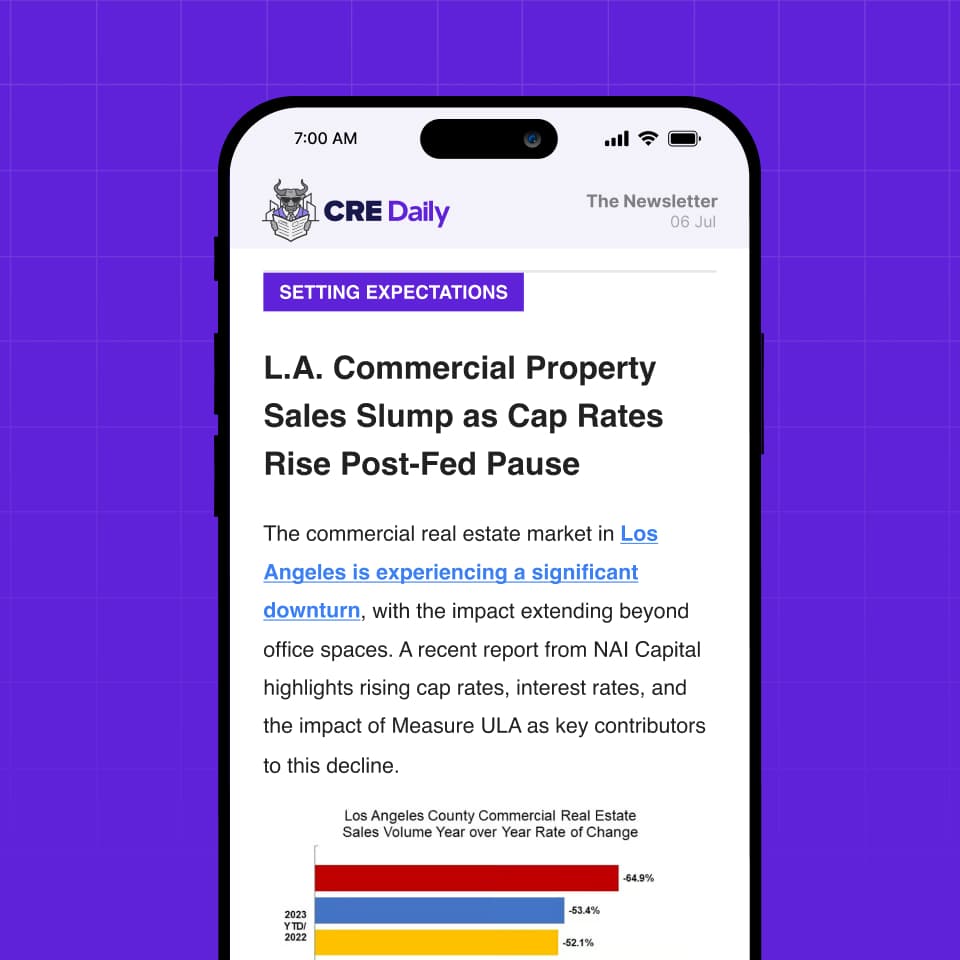- Seattle ranks last among 100 major US cities for average size of new apartments, at just 649SF, down from 706 ten years ago.
- Developers are prioritizing smaller studios and one-bedrooms, some as tiny as 150SF, in response to rising housing costs.
- Larger units (2+ bedrooms) make up only 19% of new builds, down from 24%, though they’ve grown slightly in size.
- Nationwide, apartment sizes shrank in 85 out of 100 cities over the past decade, with only a recent uptick in unit size since 2022.
Shrinking in Seattle
Per The Real Deal, Seattle has the smallest new apartments in the country.
According to a recent RentCafe report, the typical new apartment built in the Emerald City since 2015 clocks in at just 649SF, an 8% drop from 706SF a decade ago.
Developers have responded to surging housing costs by designing smaller units, including micro-apartments as compact as 150SF. Studios in particular have taken the biggest hit in size, dropping to an average of 371SF from 442.
Fewer Larger Units
The share of two-bedroom or larger apartments has also declined. Today, only 19% of new Seattle apartments have two or more bedrooms, down from 24% in 2015. Interestingly, while fewer, those larger units have actually grown slightly in size over the years.
The National Picture
Seattle isn’t alone in trending smaller — 85 out of 100 major US cities have seen apartment sizes shrink over the past decade. Only Portland joins Seattle with an average under 700SF. Rounding out the top five smallest are Queens (702SF), Brooklyn (708SF), and San Francisco (716SF).
Meanwhile, the largest new apartments are being built in Tallahassee, Florida (1,130SF), Gainesville (1,122SF), and Baton Rouge, Louisiana (1,055SF).
Get Smarter about what matters in CRE
Stay ahead of trends in commercial real estate with CRE Daily – the free newsletter delivering everything you need to start your day in just 5-minutes
Why It Matters
Smaller apartments are often a reflection of growing demand and rising land and construction costs in high-density urban areas. While more affordable on a per-unit basis, these compact spaces pose lifestyle challenges for renters, particularly families and remote workers.
What’s Next
Although there’s been a recent rebound in average unit size since 2022, the long-term trend of compact living may stick around in high-demand cities like Seattle — especially as developers continue to maximize returns by building smaller, more efficient units.














